Here we share the third and final part of this article that has been separated into three parts. Enjoy!
The Origin of the Pisco Sour
As well as his thesis regarding whether or not Pisco is Peruvian, Angeles Caballero has found at least
five theories that relate to the Pisco Sour. All of these theories are based upon documentation, not tradition.. Perhaps the most “authentic” Pisco sour is that which is made in Pasco, not in Lima.
What is our magic cocktail doing at those incredible heights? When Angeles Caballero did research in order to publish a book about the literature in this area, he discovered that at the beginning of the last century that there was a bar called Morris in Pasco. This bar was owned by the American William Morris, who prepared the first Pisco Sour in Pasco in order to satisfy the demand for the whisky sour made by his countrymen who were working in a mine in Cerro de Pasco.
As well as his thesis regarding whether or not Pisco is Peruvian, Angeles Caballero has found at least
five theories that relate to the Pisco Sour. All of these theories are based upon documentation, not tradition.. Perhaps the most “authentic” Pisco sour is that which is made in Pasco, not in Lima.
What is our magic cocktail doing at those incredible heights? When Angeles Caballero did research in order to publish a book about the literature in this area, he discovered that at the beginning of the last century that there was a bar called Morris in Pasco. This bar was owned by the American William Morris, who prepared the first Pisco Sour in Pasco in order to satisfy the demand for the whisky sour made by his countrymen who were working in a mine in Cerro de Pasco.
Dr. Pisco states that when Morris closed the bar in Pasco and reopened it with the same name along Boza street in the center of Lima, that was when the Pisco Sour was first introduced in the capital. But his income split because one of his barmen also came down from the mountains, but began to work in the Maury Hotel. This information can be corroborated in the literature of Luis Alberto Sanchez, where we can see the “birth certificate” of Pisco Sour in Pasco.
With the same lexicographic technique, Angeles Caballero has set out to demonstrate that the lúcuma and the chirimoya are also Peruvian. At his 75 years of age, he has maintained his investigative passion and his academic perseverance to continue the project of discussing the literary production of all Peru’s departments. His completed works are some 90 books spanning from literature, education, journalism and folk-lore. “The only thing that I am missing is becoming a member of the Academia, but that will never happen because there are too many hoops.” We forgot: Dr. Pisco also has maintained the rebellious spirit of his youth.
Two Anecdotes
“I’m going to tell you two anecdotes: I was invited to dinner when I was dean, and when I got there they told me “This is legitimate Pisco” and they gave me a full glass. “And you, sir, must drink it in front of us.” I had never drunken Pisco before, so I said to myself “Well, I hope the Lord of Luren helps me.” I drank and I felt something, but after eating a salad of lima beans, the effect passed. Time went by and I heard that in Ica there was an institution called the FBI. “Have you heard of it?” they asked me. “Of course!” I responded, “It’s the Federal Bureau of Investigation.” “NO!” they corrected me, “It’s the Federation of Drunk people of Ica!” (Federacion de Borrachos Iqueños). “And we want to make you a member.” Since I was the “preferred son of Ica” despite being from Ancash. They told me that they were going to do a serious ceremony—like the Masons do—and I would have to drink a large glass. “Oh no,” I told them, “I’d prefer not to be a member. I have to work, be an example, and I am a dean of a university.” I wouldn’t join. Everyone in the group were producers from Ica, from the then high society of Ica.
Written by: Manuel Cadenas Mujica
With the same lexicographic technique, Angeles Caballero has set out to demonstrate that the lúcuma and the chirimoya are also Peruvian. At his 75 years of age, he has maintained his investigative passion and his academic perseverance to continue the project of discussing the literary production of all Peru’s departments. His completed works are some 90 books spanning from literature, education, journalism and folk-lore. “The only thing that I am missing is becoming a member of the Academia, but that will never happen because there are too many hoops.” We forgot: Dr. Pisco also has maintained the rebellious spirit of his youth.
Two Anecdotes
“I’m going to tell you two anecdotes: I was invited to dinner when I was dean, and when I got there they told me “This is legitimate Pisco” and they gave me a full glass. “And you, sir, must drink it in front of us.” I had never drunken Pisco before, so I said to myself “Well, I hope the Lord of Luren helps me.” I drank and I felt something, but after eating a salad of lima beans, the effect passed. Time went by and I heard that in Ica there was an institution called the FBI. “Have you heard of it?” they asked me. “Of course!” I responded, “It’s the Federal Bureau of Investigation.” “NO!” they corrected me, “It’s the Federation of Drunk people of Ica!” (Federacion de Borrachos Iqueños). “And we want to make you a member.” Since I was the “preferred son of Ica” despite being from Ancash. They told me that they were going to do a serious ceremony—like the Masons do—and I would have to drink a large glass. “Oh no,” I told them, “I’d prefer not to be a member. I have to work, be an example, and I am a dean of a university.” I wouldn’t join. Everyone in the group were producers from Ica, from the then high society of Ica.
Written by: Manuel Cadenas Mujica
The Editors
elpiscoesdelperu.com
elpiscoesdelperu.com
Compartimos con Uds. este artículo que será difundido en 3 entregas, nos pareció muy interesante. Disfrútenlo.
Tertulias Pisqueras Conozcamos al Doctor Pisco - Parte III
Origen del pisco sour
Además de su tesis sobre la peruanidad del pisco, Ángeles Caballero ha recogido al menos cinco teorías acerca del pisco sour, todas en base a documentación, no a tradiciones. Quizás más verosímil sea aquella que coloca su origen en Pasco, no en Lima.
¿Qué hacía por allá el mágico cóctel, en tales alturas increíbles? Cuando investigaba para realizar su libro sobre la literatura de esa zona descubrió que a principios del siglo pasado existió allá un bar Morris, del norteamericano William Morris, quien preparó el primer pisco sour para satisfacer la demanda del whisky sour de sus paisanos trabajadores de la mina de Cerro de Pasco.
El “Doctor Pisco” señala que recién cuando Morris cierra ese bar en Pasco y lo reabre en la calle Boza, en el centro de Lima, con el mismo nombre, se instala el pisco sour en la capital. Pero bifurcado ingreso, puesto que sus barmans en la sierra también “bajaron” y se instalaron nada menos que en el hotel Maury. Este dato se encuentra refrendado, señala, en la Literatura Peruana de Luis Alberto Sánchez, donde por primera vez se da partida de nacimiento al pisco sour en Pasco.
Con la misma técnica eminentemente lexicográfica, Ángeles Caballero ha emprendido la demostración de la peruanidad de la lúcuma y la chirimoya. A sus setenta y cinco años mantiene vivo el ánimo investigador y la perseverancia académica para continuar, además, su proyecto de cubrir la producción literaria de todos los departamentos del Perú. La obra completa de este autor llega ya a los 90 libros, de Literatura, Educación, Periodismo, y Folclor. “Lo único que me falta es que me hagan miembro de la Academia, pero no lo harán nunca porque hay mucha argolla”. Lo olvidábamos: el Doctor Pisco también mantiene intacto el ímpetu rebelde de su juventud.
Dos anécdotas del Doctor Pisco
“Le voy a contar dos anécdotas: me invitaron a una comida, yo ya era rector, y a la entrada me dijeron ‘este es el legítimo pisco’ y me dieron un vaso lleno. ‘Y usted delante de nosotros lo tiene que tomar’. Nunca había tomado pisco, así que me dije: ‘Bueno, que el Señor de Luren me ayudé’. Tomé y sentí algo, pero con una ensalada de pallares pasó el efecto. Pasó el tiempo y supe que en Ica hay una institución a la que llaman el FBI. ‘¿Conoce usted?’ me dijeron. ‘Claro’, respondí, ‘es el Federal Bureau of Investigation’. ‘Noooooooooo’, me corrigieron, ‘¡es la Federación de Borrachos Iqueños!, y queremos hacerlo socio’, porque soy Hijo Predilecto de Ica a pesar de ser ancashino. Me explicaron que iba a haber una ceremonia solemne, tipo masón, y tenía que tomar un vaso así de grande. Ah, no, les dije, prefiero no ser miembro. Tengo que trabajar, dar el ejemplo, soy rector de una universidad. Y me negué. Todos eran productores iqueños, de la sociedad alta iqueña de entonces”.
Fin
Escrito por: Manuel Cadenas Mujica
Tertulias Pisqueras Conozcamos al Doctor Pisco - Parte III
Origen del pisco sour
Además de su tesis sobre la peruanidad del pisco, Ángeles Caballero ha recogido al menos cinco teorías acerca del pisco sour, todas en base a documentación, no a tradiciones. Quizás más verosímil sea aquella que coloca su origen en Pasco, no en Lima.
¿Qué hacía por allá el mágico cóctel, en tales alturas increíbles? Cuando investigaba para realizar su libro sobre la literatura de esa zona descubrió que a principios del siglo pasado existió allá un bar Morris, del norteamericano William Morris, quien preparó el primer pisco sour para satisfacer la demanda del whisky sour de sus paisanos trabajadores de la mina de Cerro de Pasco.
El “Doctor Pisco” señala que recién cuando Morris cierra ese bar en Pasco y lo reabre en la calle Boza, en el centro de Lima, con el mismo nombre, se instala el pisco sour en la capital. Pero bifurcado ingreso, puesto que sus barmans en la sierra también “bajaron” y se instalaron nada menos que en el hotel Maury. Este dato se encuentra refrendado, señala, en la Literatura Peruana de Luis Alberto Sánchez, donde por primera vez se da partida de nacimiento al pisco sour en Pasco.
Con la misma técnica eminentemente lexicográfica, Ángeles Caballero ha emprendido la demostración de la peruanidad de la lúcuma y la chirimoya. A sus setenta y cinco años mantiene vivo el ánimo investigador y la perseverancia académica para continuar, además, su proyecto de cubrir la producción literaria de todos los departamentos del Perú. La obra completa de este autor llega ya a los 90 libros, de Literatura, Educación, Periodismo, y Folclor. “Lo único que me falta es que me hagan miembro de la Academia, pero no lo harán nunca porque hay mucha argolla”. Lo olvidábamos: el Doctor Pisco también mantiene intacto el ímpetu rebelde de su juventud.
Dos anécdotas del Doctor Pisco
“Le voy a contar dos anécdotas: me invitaron a una comida, yo ya era rector, y a la entrada me dijeron ‘este es el legítimo pisco’ y me dieron un vaso lleno. ‘Y usted delante de nosotros lo tiene que tomar’. Nunca había tomado pisco, así que me dije: ‘Bueno, que el Señor de Luren me ayudé’. Tomé y sentí algo, pero con una ensalada de pallares pasó el efecto. Pasó el tiempo y supe que en Ica hay una institución a la que llaman el FBI. ‘¿Conoce usted?’ me dijeron. ‘Claro’, respondí, ‘es el Federal Bureau of Investigation’. ‘Noooooooooo’, me corrigieron, ‘¡es la Federación de Borrachos Iqueños!, y queremos hacerlo socio’, porque soy Hijo Predilecto de Ica a pesar de ser ancashino. Me explicaron que iba a haber una ceremonia solemne, tipo masón, y tenía que tomar un vaso así de grande. Ah, no, les dije, prefiero no ser miembro. Tengo que trabajar, dar el ejemplo, soy rector de una universidad. Y me negué. Todos eran productores iqueños, de la sociedad alta iqueña de entonces”.
Fin
Escrito por: Manuel Cadenas Mujica
Los Editores
elpiscoesdelperu.com
elpiscoesdelperu.com

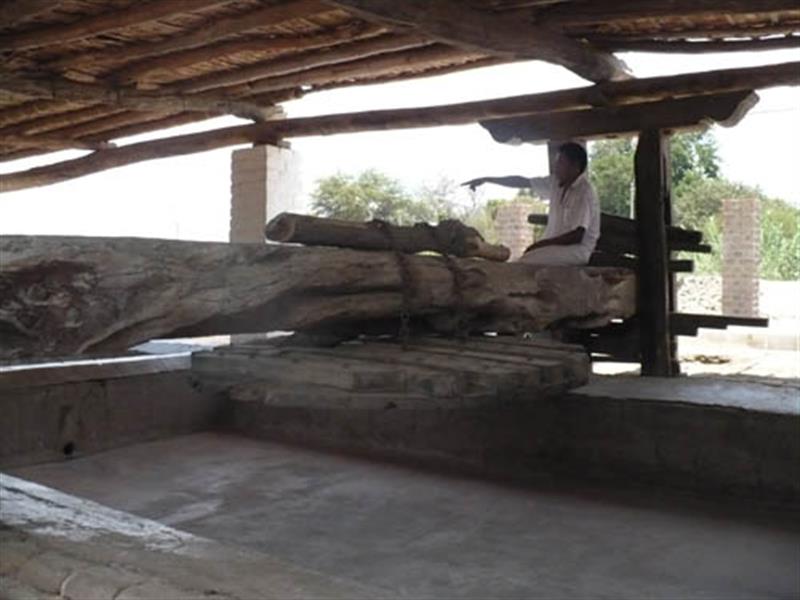 Peruvian
firewater was produced in the days of Spanish Colonization, nor did he
care if Pisco was ever produced in the city of Pisco. Neither was he
interested in whether or not the denomination of origin zone was too
large. He did not begin the absurd practice of purchasing different
firewaters in order to establish positive qualities, which would always
be considered subjective. He reduced the entire debate to a linguistic
issue. And certainly in this area there was no possibility of “fixing
the result.”
Peruvian
firewater was produced in the days of Spanish Colonization, nor did he
care if Pisco was ever produced in the city of Pisco. Neither was he
interested in whether or not the denomination of origin zone was too
large. He did not begin the absurd practice of purchasing different
firewaters in order to establish positive qualities, which would always
be considered subjective. He reduced the entire debate to a linguistic
issue. And certainly in this area there was no possibility of “fixing
the result.”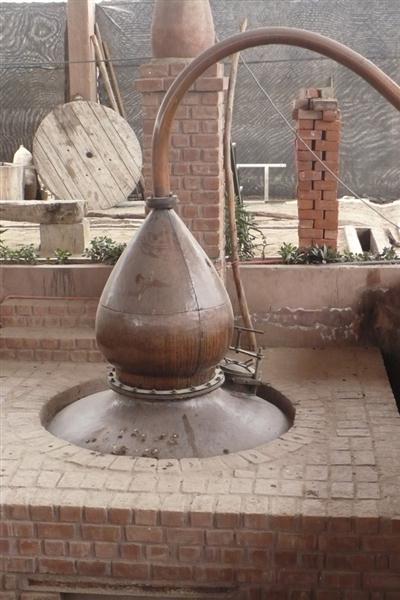 is
is 
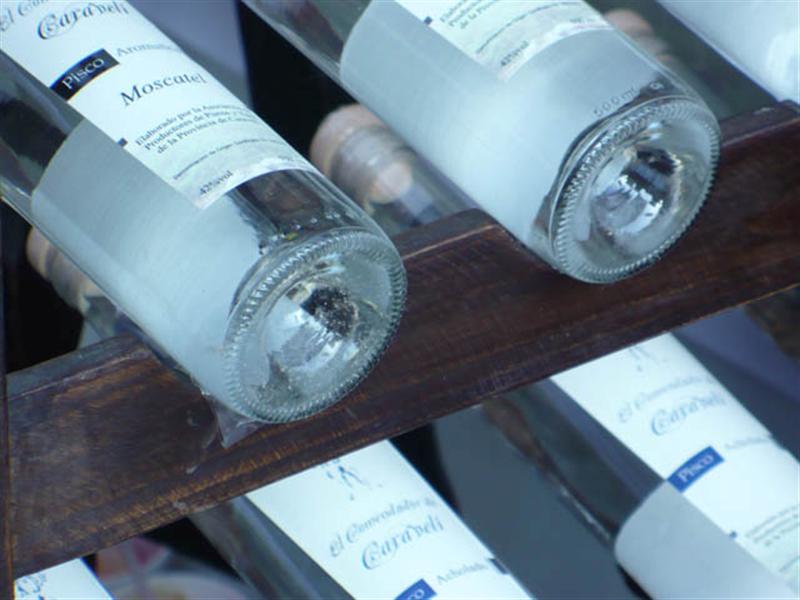 the Grand Finale, thus there is only one competition, but it has two stages
the Grand Finale, thus there is only one competition, but it has two stages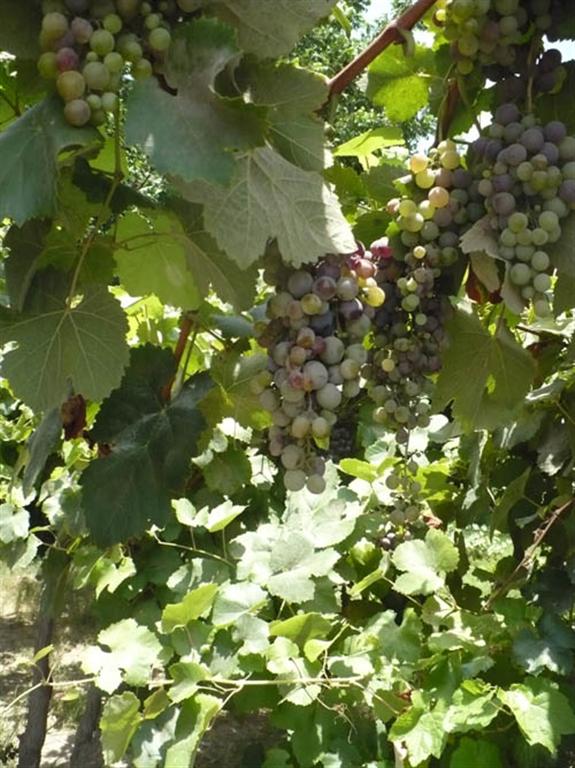
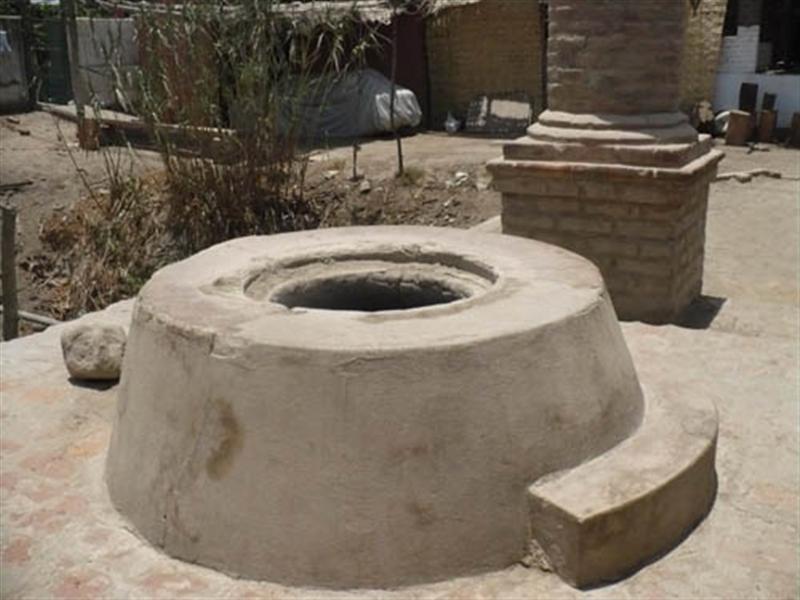 “The Bank Exchange was especially noted for Pisco Punch, invented by Duncan Nichol, who was second only to Professor Jerry Thomas as bar-tender. During the eighteen-seventies it was by far the most popular drink in San Francisco, although it was sold for twenty-five cents a glass, a high price for those days. (…) But descriptions of the San Francisco of the period abound with lyrical accounts of its flavor and potency, and it must have been the crème de la crème of beverages. Its base was Pisco brandy, which was distilled from the grape known as Italia, or La Rosa del Peru, and was named for the Peruvian port from which it was shipped. (...) And the brandy itself, (...) was thus described by a writer who first tasted it in 1872: ‘It is perfectly colourless, quite fragrant, very seductive, terribly strong, and has a flavour somewhat resembling that of Scotch whiskey, but much more delicate, with a marked fruity taste. It comes in earthen jars, broad at the top and tapering down to a point, holding about five gallons each’.”
“The Bank Exchange was especially noted for Pisco Punch, invented by Duncan Nichol, who was second only to Professor Jerry Thomas as bar-tender. During the eighteen-seventies it was by far the most popular drink in San Francisco, although it was sold for twenty-five cents a glass, a high price for those days. (…) But descriptions of the San Francisco of the period abound with lyrical accounts of its flavor and potency, and it must have been the crème de la crème of beverages. Its base was Pisco brandy, which was distilled from the grape known as Italia, or La Rosa del Peru, and was named for the Peruvian port from which it was shipped. (...) And the brandy itself, (...) was thus described by a writer who first tasted it in 1872: ‘It is perfectly colourless, quite fragrant, very seductive, terribly strong, and has a flavour somewhat resembling that of Scotch whiskey, but much more delicate, with a marked fruity taste. It comes in earthen jars, broad at the top and tapering down to a point, holding about five gallons each’.”